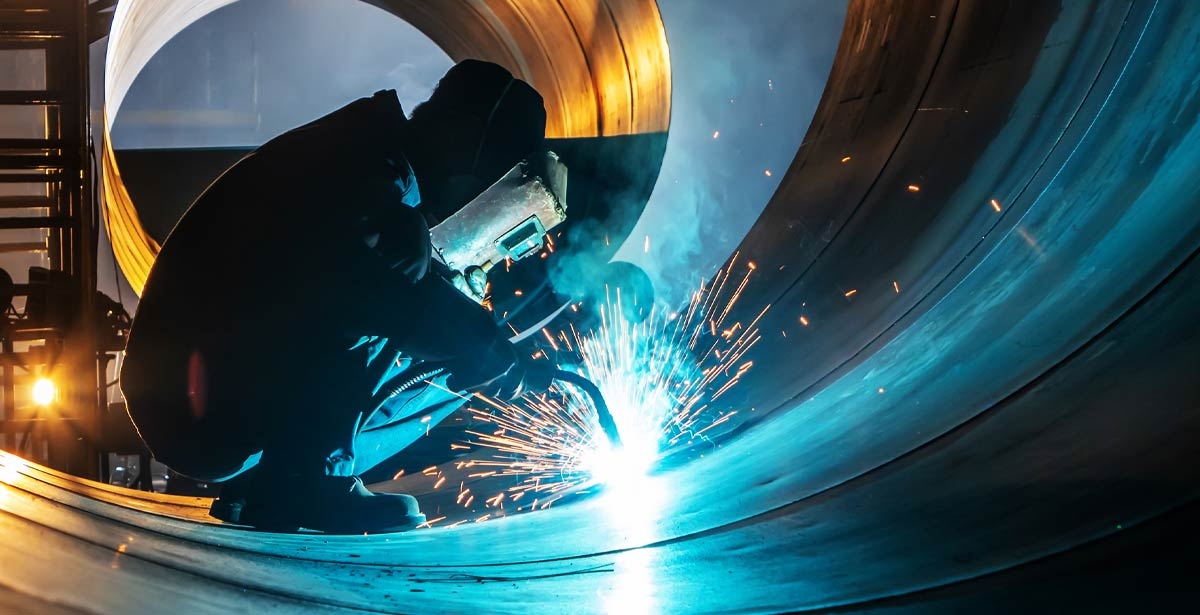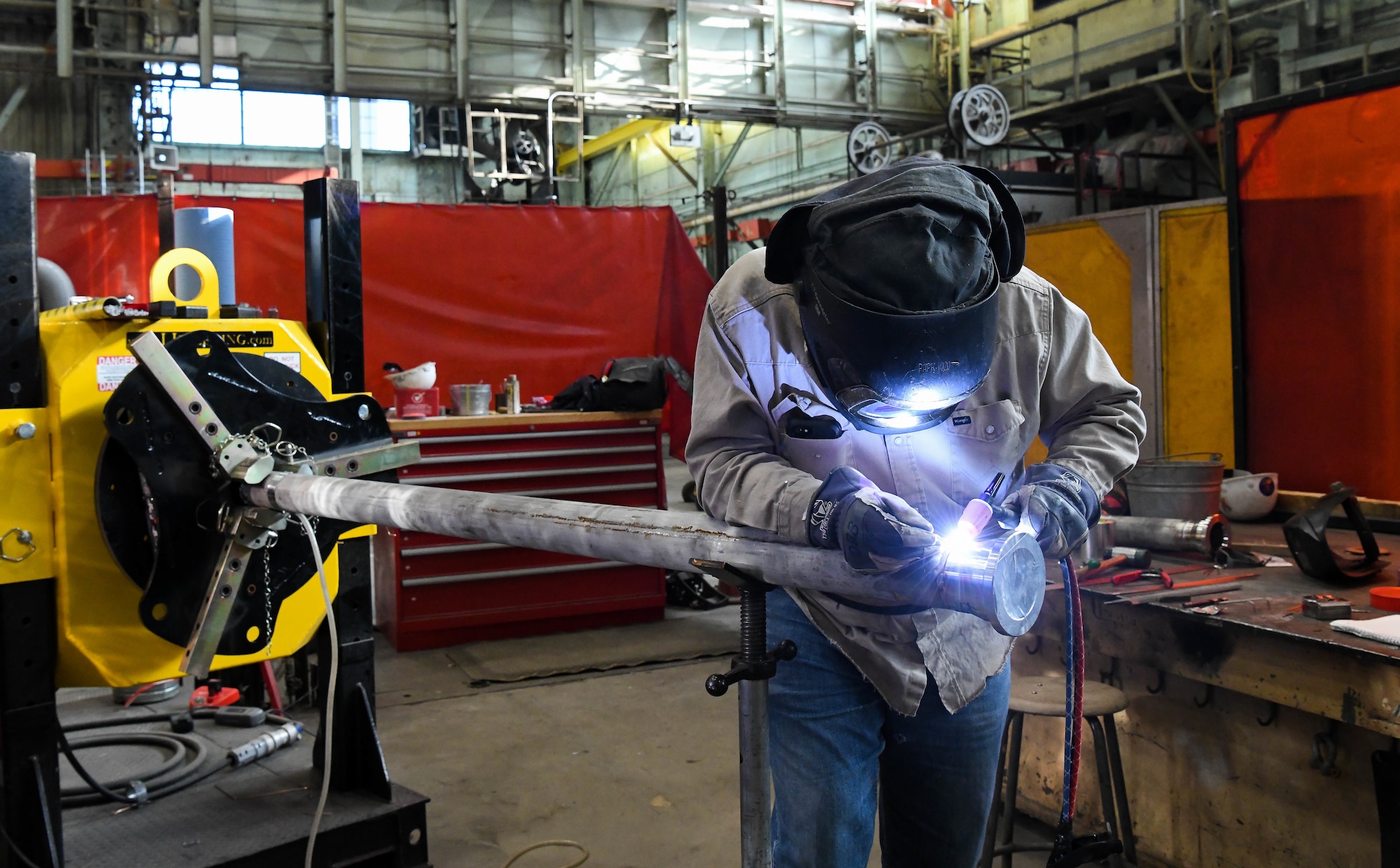Enhancing Your Welding WPS: Strategies for Improved Performance and Performance
Enhancing Your Welding WPS: Strategies for Improved Performance and Performance
Blog Article
The Ultimate Overview to Welding WPS Procedures: A Thorough Overview for Welders
In the elaborate globe of welding, Welding Procedure Specifications (WPS) serve as the foundation of making sure high quality, uniformity, and safety in welding procedures. Understanding the subtleties of creating, implementing, and keeping track of WPS treatments is crucial for welders aiming to elevate their craft and meet market criteria. As we explore the various parts of a WPS and discover the intricacies of qualification and certification, we will certainly uncover the crucial function these treatments play in the world of welding. Allow's begin on a journey to unravel the intricacies and value of WPS procedures in welding practices.
Significance of WPS Procedures
Understanding the value of Welding Treatment Specs (WPS) treatments is critical for ensuring the high quality and stability of welded frameworks. WPS procedures offer as a roadmap for welders, detailing the required steps, parameters, and materials called for to achieve a sound weld. By adhering to WPS standards, welders can make certain consistency in their work, leading to trusted and structurally sound welds.
One of the main factors why WPS treatments are necessary is their function in keeping weld quality and honesty. Adhering to the specified welding criteria and methods outlined in the WPS helps stop defects such as porosity, fracturing, or insufficient fusion, which can endanger the strength and resilience of the weld. Furthermore, WPS procedures are vital for guaranteeing compliance with sector requirements and codes. By complying with well established WPS guidelines, welders can show that their job satisfies the required needs for safety and quality, giving guarantee to customers, examiners, and regulative bodies. Essentially, the significance of WPS treatments can not be overemphasized, as they are fundamental to achieving constant, high-grade welds that fulfill market standards and requirements.

Components of a WPS
A Welding Treatment Specification (WPS) normally comprises important components that information the specific requirements for implementing a weld, making certain uniformity and high quality in the welding procedure. The vital elements of a WPS consist of vital variables such as base metals, filler steels, interpass and preheat temperature levels, welding procedures, securing gases, welding settings, and post-weld warm treatment requirements.
Base steels describe the products being signed up with, while filler metals are used to load the void between the base steels during welding. Preheat and interpass temperatures are important for managing the warmth input and stopping concerns like cracking or distortion. The welding procedure describes the details technique to be utilized, whether it's gas metal arc welding (GMAW), protected steel arc welding (SMAW), or an additional technique. Protecting gases secure the weld pool from climatic contamination. Welding positions specify the positionings in which welding can be carried out. Post-weld warm therapy might be necessary to ease stress and anxieties and boost the weld's properties. An extensive understanding of these elements is essential for creating a efficient and detailed WPS.

Credentials and Qualification
Having established the vital elements of a Welding Procedure Spec (WPS), the emphasis now moves towards the important aspects of credentials and qualification in welding techniques.

Accreditation, on the various other hand, is the official acknowledgment of a welder's certifications by a relevant certification body or company. Welding certifications are typically based on the certain welding processes, materials, and positions a welder is certified to collaborate with. Holding a legitimate welding accreditation shows that a welder meets market requirements and why not check here is experienced to carry out welding tasks to the needed specs.
Developing a WPS
To establish a Welding Procedure Specification (WPS) that fulfills industry criteria, mindful consideration of welding processes, materials, and operational parameters is important (welding WPS). The initial action in developing a WPS is to recognize the welding procedure to be used, such as gas steel arc welding (GMAW) or secured metal arc welding (SMAW) Once the welding process is determined, the next critical element is selecting the proper products, thinking about variables like base steel kind, thickness, and joint style. Functional parameters such as welding present, voltage, traveling rate, and shielding gas composition have to additionally be thoroughly specified in the WPS.

Implementing and Checking WPS
Upon completing the comprehensive Welding Procedure official site Requirements (WPS) that meticulously information welding processes, products, functional parameters, and top quality guarantee procedures, the focus shifts to efficiently carrying out and keeping track of the well established procedures. Implementation includes ensuring that all welders entailed in the project are familiar with the WPS and follow it thoroughly during the welding procedure. Reliable implementation and monitoring of the WPS are essential for making certain the honesty, strength, and safety of the welded joints, ultimately contributing to the overall success of the welding project.
Conclusion
Finally, understanding and complying with Welding Procedure Requirements (WPS) is important for welders to make sure high quality, consistency, and safety in their work. By recognizing the elements of a WPS, getting proper credentials and certifications, creating detailed treatments, and carrying out and monitoring them efficiently, welders can enhance their abilities and effectiveness in welding practices. Sticking to WPS procedures is vital for creating top quality welds and conference market criteria.
In the intricate world of welding, Welding Procedure Specs (WPS) offer as the foundation of ensuring top quality, consistency, and safety in welding operations. The welding process describes the details technique to be made use of, whether it's gas steel arc welding (GMAW), protected metal arc welding (SMAW), or one more technique.To create a Welding Treatment Requirements (WPS) that fulfills market requirements, careful factor to consider of welding procedures, products, and functional parameters is crucial. The initial step in producing a WPS is to determine the welding procedure to be utilized, such as gas steel arc welding (GMAW) or protected metal arc welding (SMAW)Upon finalizing the comprehensive Welding Treatment Spec (WPS) that diligently information welding procedures, products, operational parameters, and top quality assurance measures, the focus shifts to successfully executing and keeping track of the well-known procedures.
Report this page